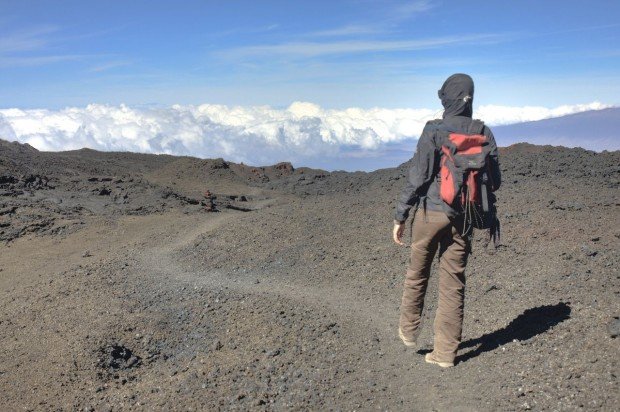Essential Equipment for More Extreme Hikes
Extreme hiking offers an unparalleled sense of adventure, allowing you to explore rugged landscapes and push your limits. However, these challenging trails require proper preparation and the right equipment to ensure safety, endurance, and success. Below is a comprehensive guide to the essential gear you should bring for more extreme hikes.

Navigation Tools
When venturing into remote or difficult terrain, reliable navigation is crucial. A GPS device, topographic maps, and a compass are essential for keeping you on track. While GPS technology is convenient, always carry a backup in case of battery failure or signal loss.
Appropriate Footwear
The right hiking boots can make or break your hike. For extreme trails, opt for high-quality, waterproof, and well-insulated boots with excellent grip and ankle support. This helps prevent injuries and provides the stability needed for uneven and steep surfaces.
Weather-Appropriate Clothing
Layering is key when tackling extreme hikes. A moisture-wicking base layer keeps sweat at bay, an insulating mid-layer provides warmth, and a waterproof, windproof outer layer protects against harsh weather conditions. Invest in durable, breathable fabrics to maintain comfort and regulate body temperature.
Backpack and Carrying Essentials
A sturdy, ergonomically designed backpack with adjustable straps and sufficient compartments is necessary for carrying your gear efficiently. Ensure it has a hydration reservoir or space for water bottles. Pack light but include all necessities, balancing comfort and preparedness.
Food and Hydration
Staying hydrated and energized is critical. Pack sufficient water, a portable water filter or purification tablets for refilling from natural sources, and high-calorie snacks such as nuts, dried fruit, and protein bars. For longer treks, bring compact, nutrient-dense meal options.
First Aid Kit
Extreme hikes increase the risk of injuries. A well-stocked first aid kit should include bandages, antiseptics, blister treatments, pain relievers, and any personal medications. Knowing basic first aid techniques can be lifesaving in remote locations.
Joint Supports and Injury Prevention
Hiking on steep, rocky, or uneven terrain can place immense stress on your knees, ankles, and other joints. Wearing joint supports, such as knee braces, ankle wraps, or compression sleeves, can help reduce strain, provide stability, and prevent injuries. A Bearhug knee support for hiking is especially beneficial for those with previous joint issues or hikers wanting to avoid injury. Trekking poles further assist in shock absorption and maintaining balance.
Emergency and Survival Gear
Extreme hikes can expose you to unpredictable conditions, making emergency preparedness essential. Carry a multi-tool, headlamp with extra batteries, fire-starting materials, emergency blanket, and whistle. A personal locator beacon (PLB) or satellite communicator is also recommended for calling for help in case of emergencies.
Sun and Insect Protection
Exposure to the elements can be harsh on longer hikes. Pack sunscreen, sunglasses, a wide-brimmed hat, and insect repellent to protect against sunburn and bug bites, ensuring a more comfortable experience.
Final Thoughts
Extreme hiking is a rewarding but demanding activity. By equipping yourself with the right gear, including joint supports to protect your body, you can enhance both safety and endurance. Preparation is key—invest in quality equipment, plan ahead, and always respect the environment. With the right precautions, you’ll be ready to conquer even the toughest trails.
